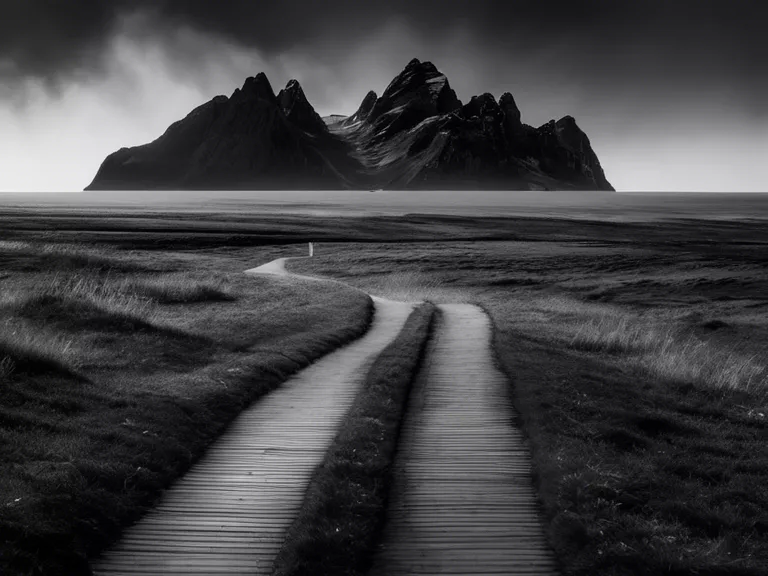
Leading lines are a powerful compositional tool in photography, especially in landscape photography. They can be used to draw the viewer's eye into the image, creating a sense of depth and perspective. By utilizing leading lines effectively, you can enhance the visual impact of your landscape photos and create more dynamic and engaging images.
Here are some tips on how to use leading lines for creating depth in landscape photography:
Look for Natural Lines: Start by looking for natural lines in the landscape that can serve as leading lines in your composition. Examples include rivers, roads, fences, or tree branches. These can help guide the viewer's eye through the image and create a sense of depth.
Positioning: Pay attention to where the leading lines originate and where they lead to in the frame. Placing them in a way that leads the viewer's eye from the foreground to the background can help create a three-dimensional feel in your photos.
Perspective: Experiment with different angles and perspectives to make the most of leading lines. Getting low to the ground or shooting from a higher vantage point can change how leading lines interact with the rest of the elements in the scene.
Line Convergence: Look for opportunities where multiple leading lines converge at a single point in the frame. This convergence point can create a strong focal point and add a sense of depth to the image.
Post-Processing: In post-processing, you can further enhance leading lines by adding contrast, adjusting the brightness, or using tools like the graduated filter to emphasize the lines in your composition.
By incorporating leading lines into your landscape photography, you can create visually compelling images that draw the viewer into the scene and make them feel like they are a part of the landscape.



